Featured Products
Thank you to Julie McCullough of M Studios Photography for this Guest Post on Shooting in Low Light without a Flash. Images by M Studios Photography, Julie McCullough | Karen Drake.
Shooting in Low Light, No Flash
Have you ever been asked to shoot an event or any photograph and cringed because the lack of light available? I was recently asked to shoot two different events, both without flash due to different circumstances. One event was a stage lit event but we needed to be sure to capture images of the audience for marketing materials and the other was a wedding. I learned to embrace the light and go for it, thanks to a good bit of research but also following some of the astro-photography tips my husband shared. With that, we produced some great images!
Here are some of the things we learned and a few of the results:
1. High ISO settings are a must in order to use hand held shutter speeds. Don’t be afraid of these high ISO’s, if you are using ISO6400 but have a lot of grain create the art from the image using, black & white techniques, aged looks, or adding textures to the image.
2. Having a lens with a fast aperture (we used f/4.0 to f/2.8).
3. Full frame sensor did result in less noise; we shot with a Canon 5d Mark ii and a Canon 50d – both producing acceptable results.
4. Noiseware software for post processing.
5. Learning to embrace the grain, I was once told this by another photographer and now I truly believe in it – beautiful images can be created with grain and textures.
6. Take several frames of the same/similar shot – focusing is an issue in low light situations so playing with focus points (AF Points) and using manual focus are necessary. Know you may not always get a focused shot but with digital you have the ability to take several frames.
7. Whole-heartedly understanding the triangular relationship between ISO, Aperture and Shutter Speed, and the effects on each other and what they will create. Here are some relationship examples of the three:

a. Raise your ISO to increase your Shutter Speed and/or open up your aperture.
b. Open wide (aperture) to increase your Shutter Speed.
c. If you increase your ISO you do increase your noise.
d. If you close your aperture, decrease your Shutter Speed or raise your ISO.
e. If you want to create a star burst close your aperture and decrease your Shutter Speed, you may need to increase your ISO. Play with this to get the effect you are going for.
f. To open up your aperture you need to do one or both of the following – increase your ISO and/or decrease your shutter speed.
Here are a few of examples: (we shoot RAW so the SOOC shots are converted to JPG’s)
This image was from one of our In the Light of Love sessions. Shoot at dusk (7:30ish PM in late July) Only light was a street light about 100 yards away.
Settings:
· Canon 5d Mark II
· ISO 5000
· SS-1/20
· f/ 4.0
SOOC:
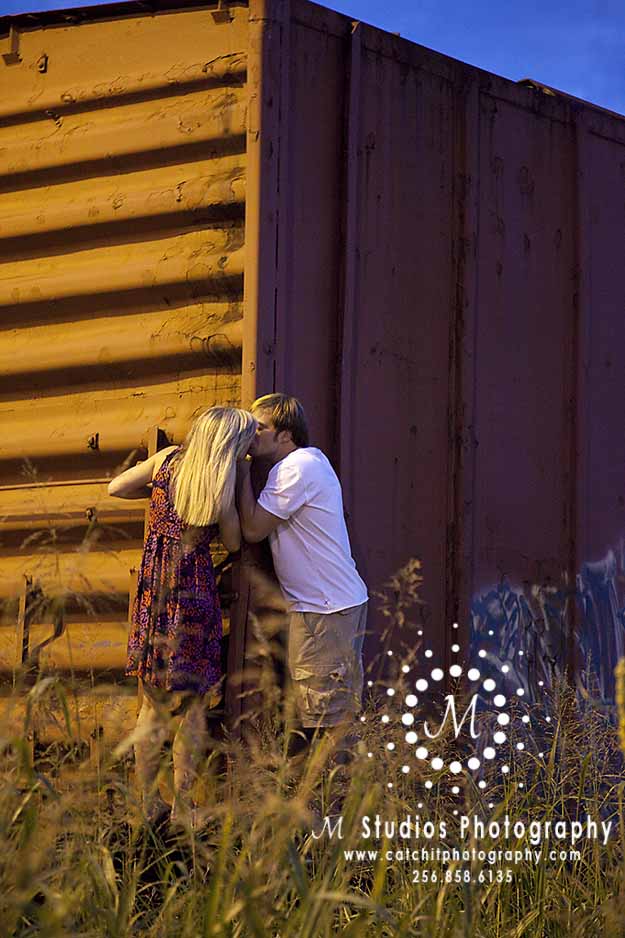
Processed:
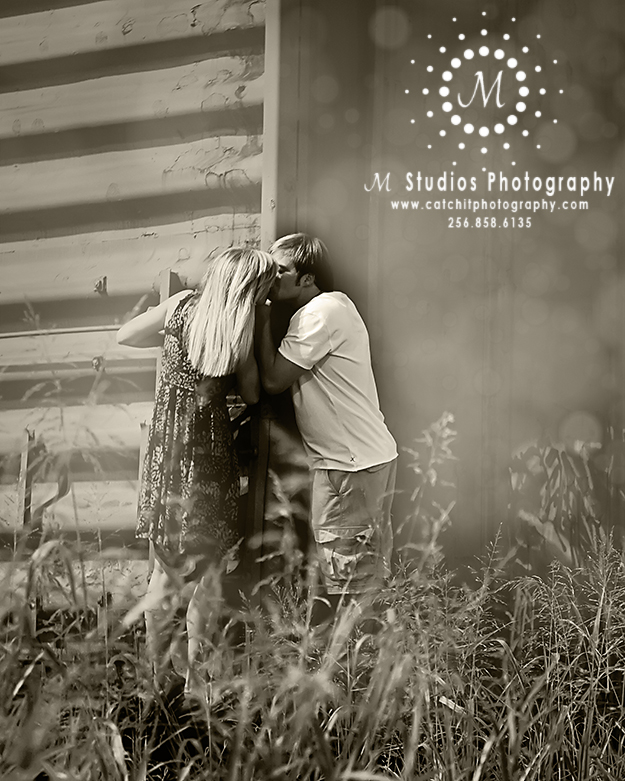
This image was from the reception of a wedding with low lighting, there was dimmed ceiling light available.
Settings:
· Canon 5d Mark II
· ISO 5000
· SS-1/80
· f/ 4.0
SOOC:
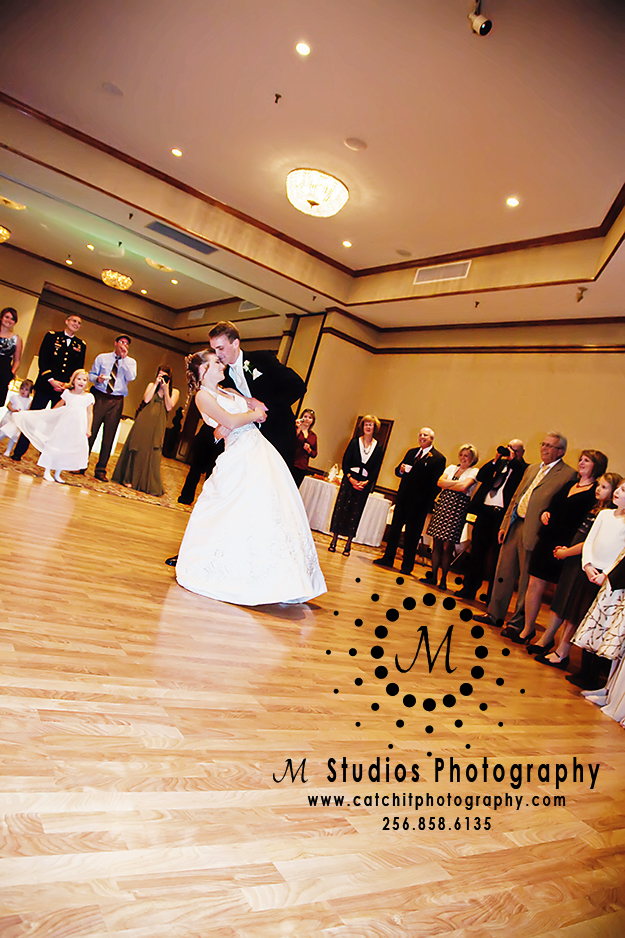
Processed:
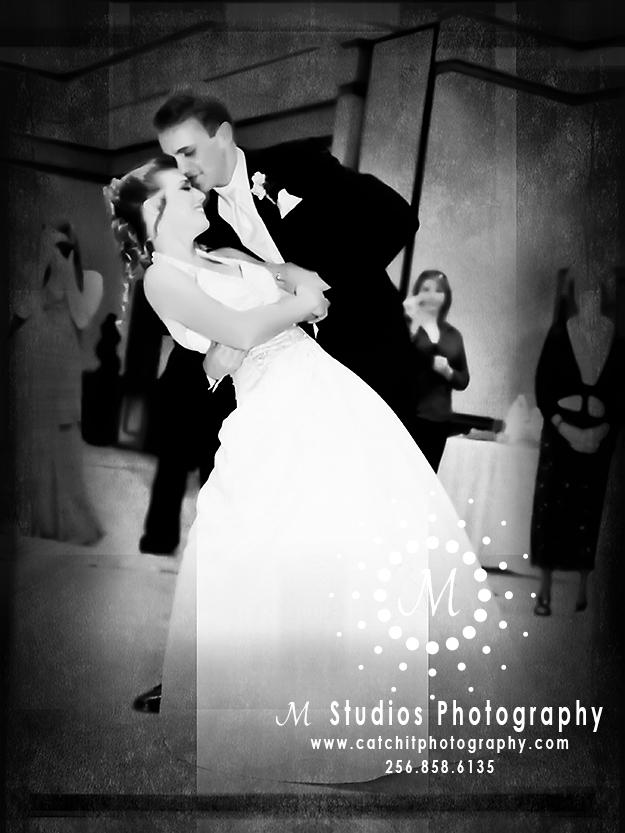
An audience shot during the event with only stage lighting.
Settings:
· Canon 5d Mark II
· ISO 3200
· SS-1/25
· f/ 5.6
SOOC:

Processed:
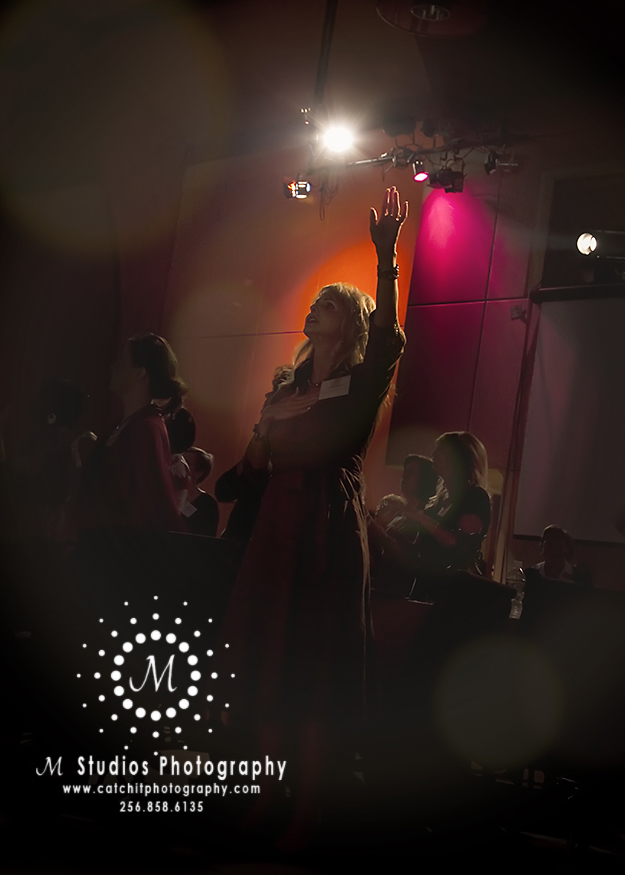
An image of the audience during a stage event, only available light was the stage lighting. This is an example of the amount of noise that can occur but to make that part of our image we turned it to black and white and added a texture.
Settings: (camera was mounted on a tripod)
· Canon 50d
· ISO 6400
· SS-1/5
· f/ 16.0
SOOC:

Processed:
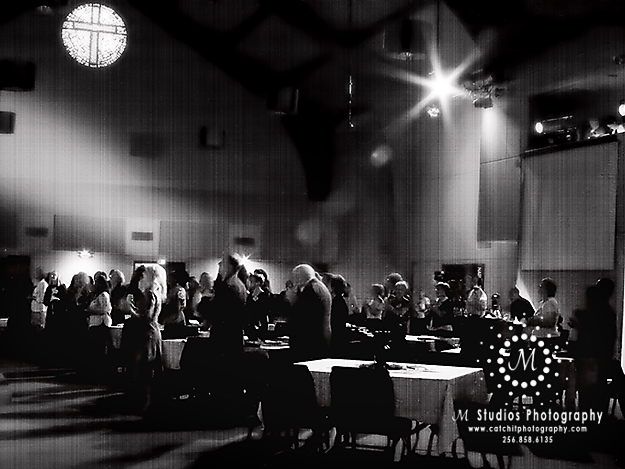
This was one of the singers on stage with only stage lighting and we exposed for the stage lighting.
Settings:
· Canon 5d Mark II
· ISO 6400
· SS-1/250
· f/ 4.0
SOOC:
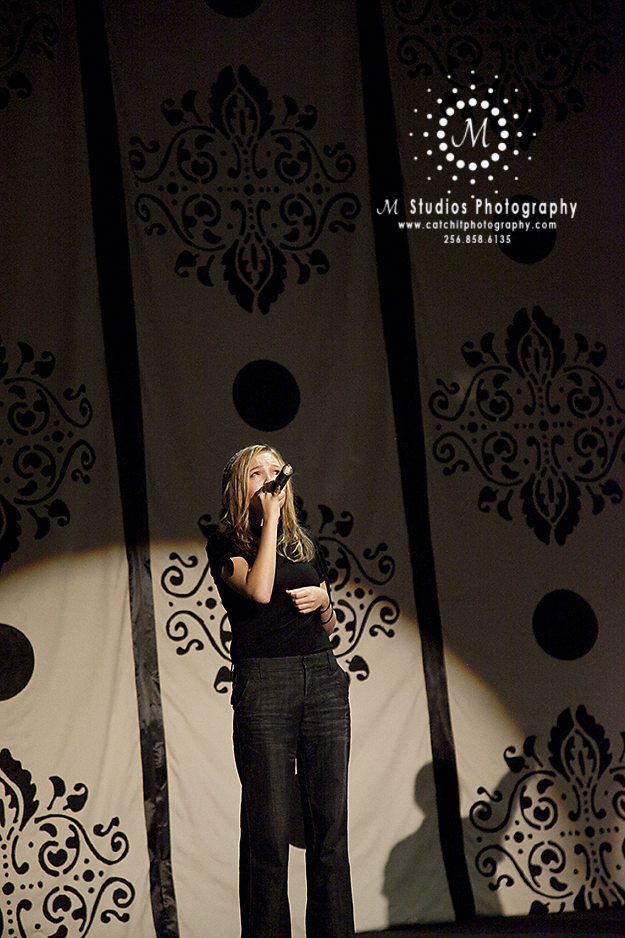
Processed:
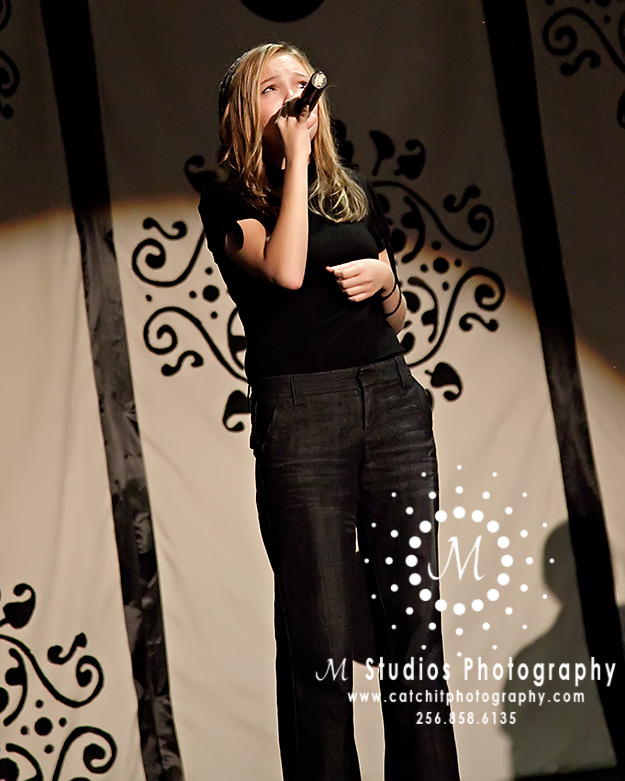
To wrap it up, go out there and embrace the light that is available, push your equipments and have fun with what you can create!
No Comments
Leave a Comment
You must be logged in to post a comment.








































great! very helpful!
thank you!
This is great information but tough to acheive with a canon rebel….the iso is just not strong enough:( good to know when I upgrade soon
What are you talking about in point f ?”f. To open up your aperture you need to do one or both of the following “ñ increase your ISO and/or decrease your shutter speed.”If you open your aperture, you are letting in more light, so you don’t need to increase your ISO (which would make your sensor more light sensitive) or decrease you shutter speed (which will let in more light)All three of the proposed steps will increase light.
great post, I am about to shoot an afternoon wedding on Saturday. It’s the middle of winter here in England and the light starts to fade around 3pm. I hate using flash, so these tips have come just at the right time.
Great subject to cover so close to Christmas and during this time in General. Thank you.
I am with Brendan, confused about several points in the a to f section. Increasing your aperture (lower number) gives you more light, so I thought you could then use a lower ISO, plus increasing light automatically makes you need a higher/faster shutterspeed. Isn’t it when you want a smaller aperture but still want a fairly high shutterspeed to handhold or stop movement that the need arises for higher ISOs?I get so easily confused about all of the options when changing ISO, I haven’t shot that way enough yet. I just got a full frame sensor camera and am really looking forward to shooting in low light situations so this is a very timely post.
Great post. Although, a bit discouraging… I suppose I truly do need a full frame to shoot low light without flash. It is doable with a 50d, but not in extremely low light. I need to keep saving for the 5d!!
Oh, and I agree, a. and f. don’t make any sense! I’m assuming you meant close your aperture.
Thank you for the comments and questions… in regards to ‘f’ and ‘a’ — the word OPEN should be CLOSE, I apologize for the confusion and my typo there. What I’m trying to say there is if you wanted your aperture at f/22 in low light (e.g. – to create a starburst) then you would want to either increase your ISO or slow down your shutter speed – this increases the amount of light coming into the sensor. You do get slightly different effects when you change one or the other – like the starburst effect or the increase of noise. I hope that clarifies the questions, if not you can always email me directly. Also, you can do low light shooting with a 50d, we shot these events with both cameras but realize you do get more noise on the 50d. My husband does most of his astrophotography with the 30d and there is noise but we can eliminate a good portion through post processing.Thanks!
mcpactions.com – da best. Keep it going! Ivan